Tracking your nutrition used to be tedious. People had to manually enter every food item, search through massive databases, or scan barcodes on packaging. But in real life, most meals aren’t packaged—they’re prepared at home, ordered at restaurants, or served on a plate without a label. This is where AI-powered food plate scanning apps are bringing real change. These apps allow you to simply take a photo of your meal, and they automatically estimate calories, macronutrients, and other nutritional details.
This technology is designed to make healthy eating more accessible, less time-consuming, and more accurate. Whether you’re trying to lose weight, gain muscle, manage health conditions, or be more mindful of what you eat, these apps can provide instant feedback with almost no effort.
What Is an AI Food Plate Scanning App?
An AI food plate scanning app uses advanced image recognition technology to identify foods directly from a photograph. You don’t need barcodes or packaging—just snap a picture of your plate. The AI model analyzes shapes, colors, textures, and context to determine what foods are present.
After identifying the foods, the app estimates portion sizes using visual volume detection. It then matches these items to nutritional databases to calculate estimated calories and macronutrients such as protein, carbohydrates, fats, and sometimes even fiber, sugar, and vitamins.
In simple terms:
You take a photo → the app recognizes the food → the app calculates nutrition automatically.
This process saves time, reduces user error, and makes food tracking more realistic for everyday eating.
Why AI Food Scanning Matters
Most people abandon calorie-counting apps because they’re too much work. When you have to search and enter each ingredient separately, tracking becomes a chore. AI plate scanners remove this barrier, allowing users to stay consistent.
These tools are especially helpful for:
- Home-cooked meals with multiple ingredients
- Restaurant dishes without nutrition labels
- Busy users who don’t have time to log everything manually
- People focused on accuracy who want realistic estimates
AI recognition also encourages mindfulness—it helps users understand exactly what they are eating, making it easier to improve habits over time.
Benefits of AI Food Plate Scanners
Unlike traditional tracking apps, AI-based apps are designed to mirror how people actually eat. You don’t need to measure everything beforehand. The AI handles most of the analysis, giving you quick insights.
Some key benefits include:
- Faster food logging: A single photo replaces multiple manual entries.
- More natural tracking: Users can log meals as they are served in real life.
- Better awareness: These apps highlight nutrient breakdowns that many users ignore.
- Support for mixed dishes: Meals like burrito bowls, pasta plates, soups, or salads are easier to log using visual AI.
Top AI Food Plate Scanning Apps in 2025
Below are the leading apps that currently support photo-based AI food recognition.
| App | Photo AI Recognition | Macro Breakdown | Fiber Tracking | Human Accuracy Option | Best For |
|---|---|---|---|---|---|
| SnapCalorie | ✅ Advanced | ✅ Yes | ✅ Yes | ✅ Available | Precision tracking |
| MacroFactor | ✅ Advanced | ✅ Full macros | ✅ Yes | ❌ No | Serious macro users |
| Cal AI | ✅ Good | ✅ Basic | ❌ Limited | ❌ No | Simple daily tracking |
| Calorie Mama | ✅ Good | ✅ Moderate | ❌ Limited | ❌ No | Casual users |
1. SnapCalorie
SnapCalorie is considered one of the most advanced AI nutrition apps available today. It was developed by former Google AI employees and nutrition experts to bring laboratory-level accuracy to everyday users.
When you take a photo of your meal, SnapCalorie uses AI to detect what’s on the plate and how much of it there is. It even offers optional human verification to improve accuracy, which is a unique feature in this space.
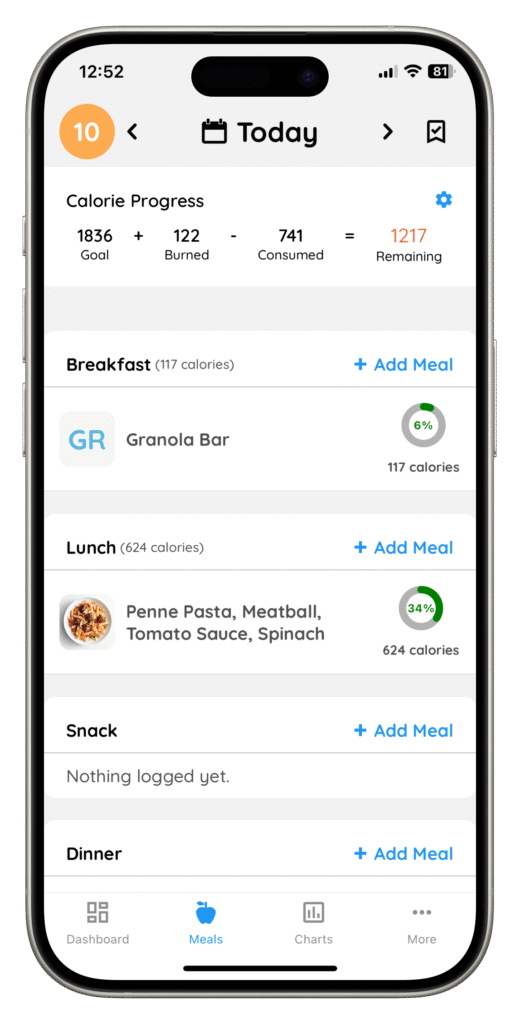
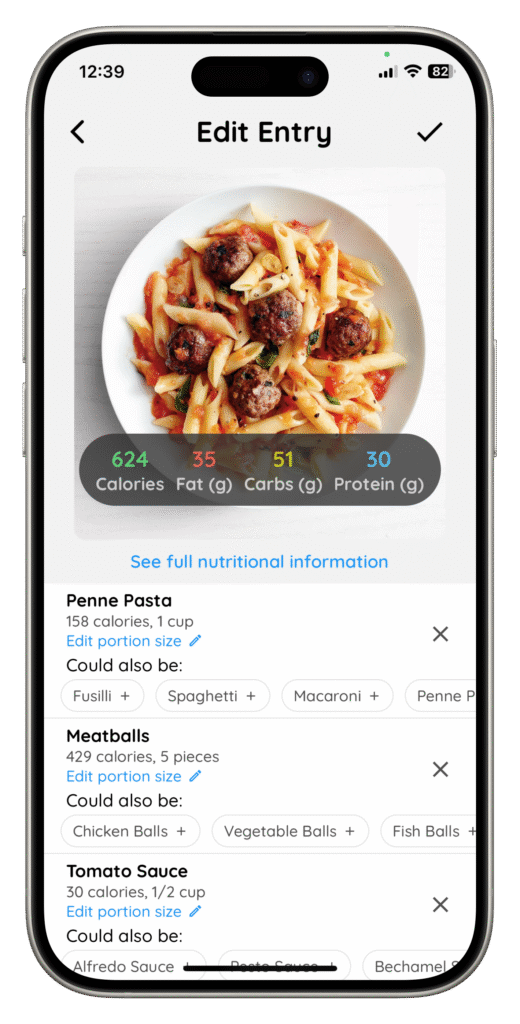
What makes it different:
It’s designed for people who take food tracking seriously and want dependable results. If you’re trying to stay within a strict calorie range or meet precise macro goals, this app can provide a strong level of confidence.
2. MacroFactor
MacroFactor isn’t just a calorie tracker—it’s an intelligent nutrition coach. Users love it because it adapts to your metabolism and adjusts your calorie targets automatically.
While MacroFactor is known for its detailed manual tracking tools, it now includes an AI photo recognition feature, making it easier to log meals with minimal effort. This is perfect for users who want a balance between automation and control.
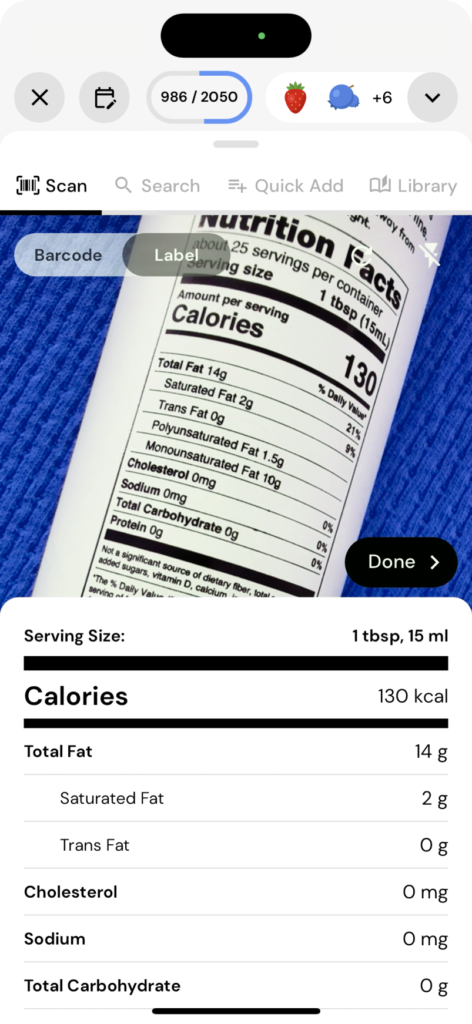
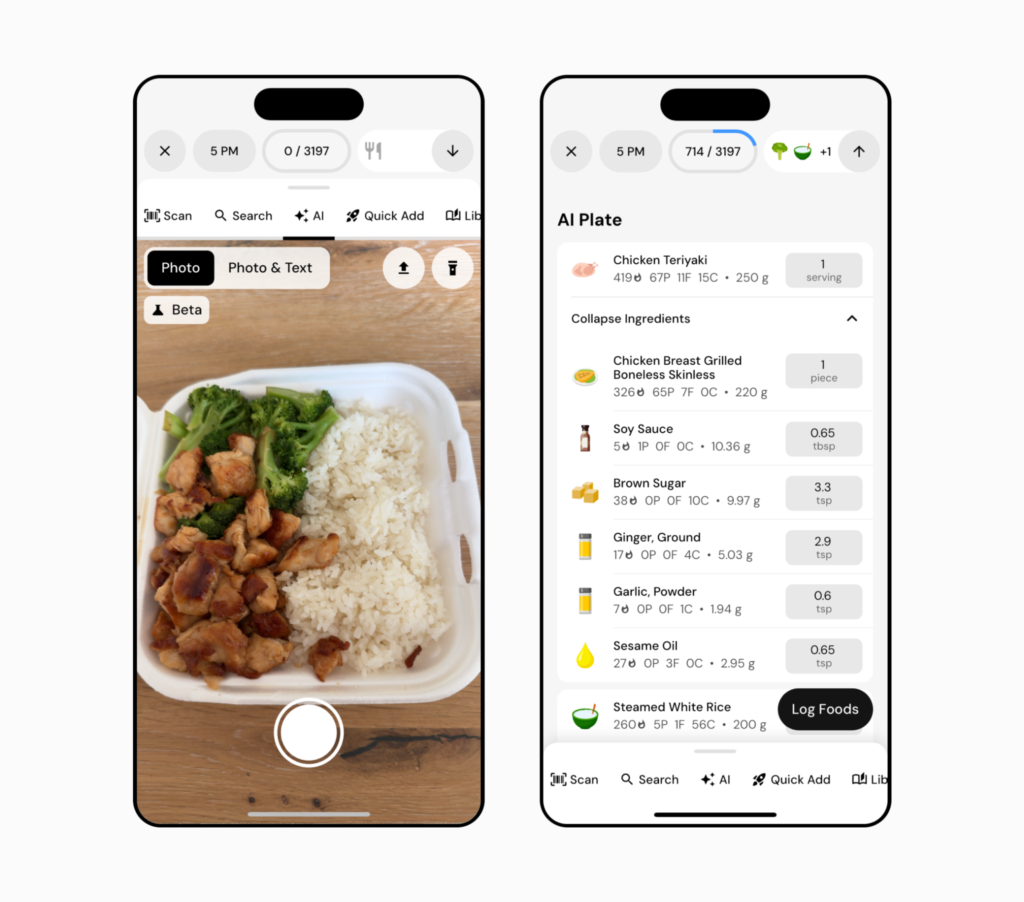
Ideal for:
People who follow macro-based diets such as bodybuilding, weight loss programs, or medical nutrition plans.
3. Cal AI
Cal AI is a newer app designed for people who want simplicity without losing functionality. Its interface is clean and user-friendly, and you can take a photo of your meal to instantly log calories and macros.
It’s a great choice for casual users who want a smart solution but don’t need advanced analytics or coaching. You still get AI-powered meal recognition, but the app stays simple enough for everyday tracking.
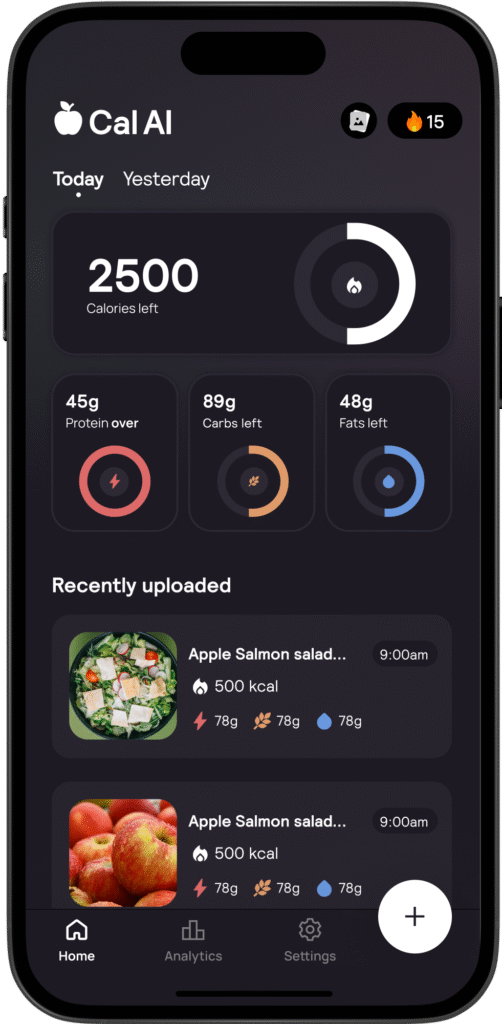

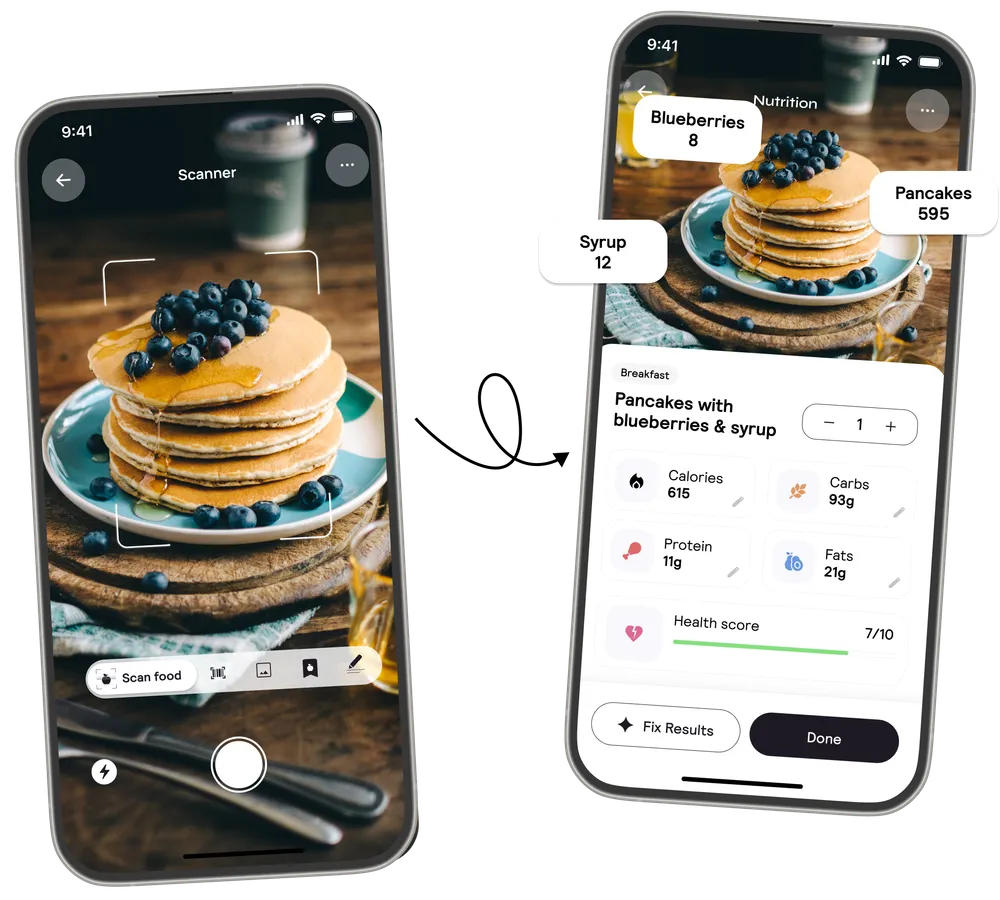
4. Calorie Mama AI
Calorie Mama offers a friendly approach to AI nutrition tracking. It’s designed to automatically identify ingredients and estimate calories from a single image. It supports various world cuisines and mixed dishes.
This app is ideal for people who eat both at home and in restaurants and want an easy way to stay consistent with logging. While it may sacrifice some precision compared to science-focused apps, it excels in usability.
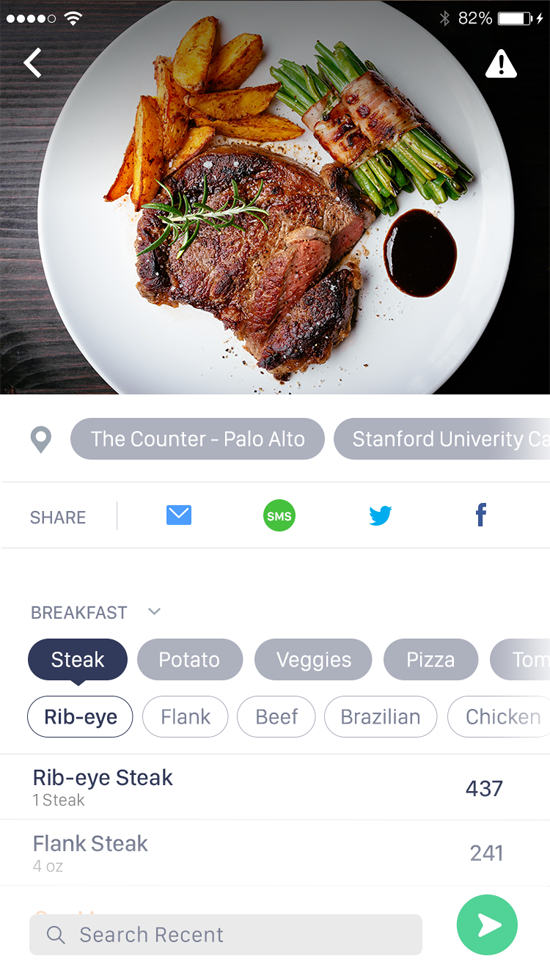
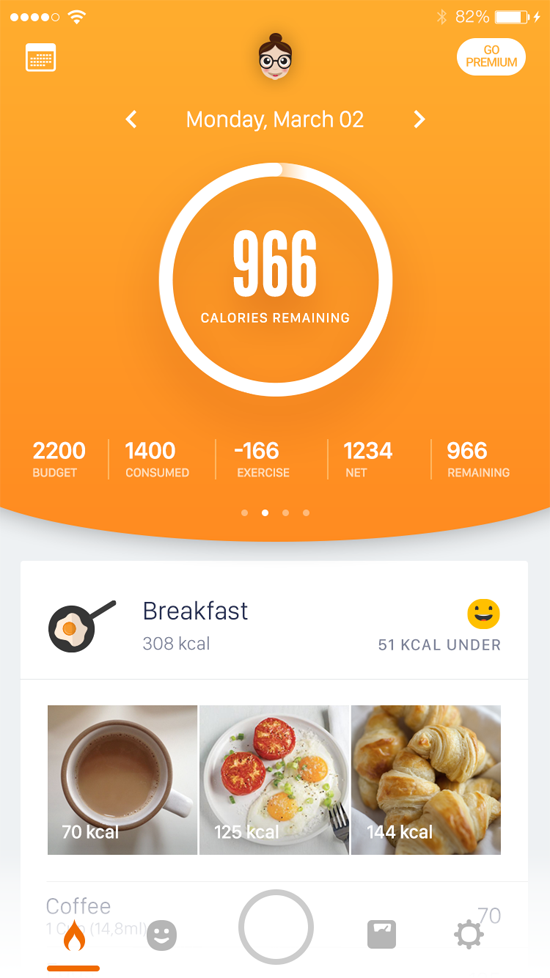
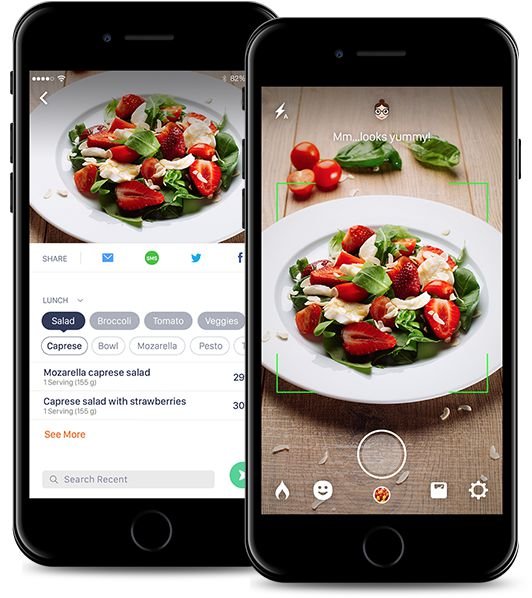
Limitations of AI Food Plate Scanners
While these tools are impressive, they are not perfect. AI recognition relies on clear images and typical portion sizes. Hidden ingredients such as oils, dressings, or sauces may not be detected unless manually added.
Accuracy improves when:
- The photo is taken in good lighting
- Food items are separated on the plate
- The user confirms or edits the estimated portion size
Even with limitations, these apps are still significantly faster and more user-friendly than manual entry, and accuracy continues to improve with each update.
Conclusion: The Future of Food Tracking Is Visual AI
AI food plate scanning apps are transforming the way we understand our meals. Instead of manual logging, you can now rely on computer vision technology to identify your foods, estimate portion sizes, and calculate nutritional values instantly. Whether you’re focused on health, weight management, or simply building awareness, these apps provide a more natural and realistic way to track your daily intake.
Top Recommendation:
- Most accurate: SnapCalorie
- Best for detailed macro goals: MacroFactor
- Best for ease of use: Cal AI or Calorie Mama AI
As AI technology evolves, photo-based food tracking will likely become the standard—making nutrition tracking more accessible than ever.
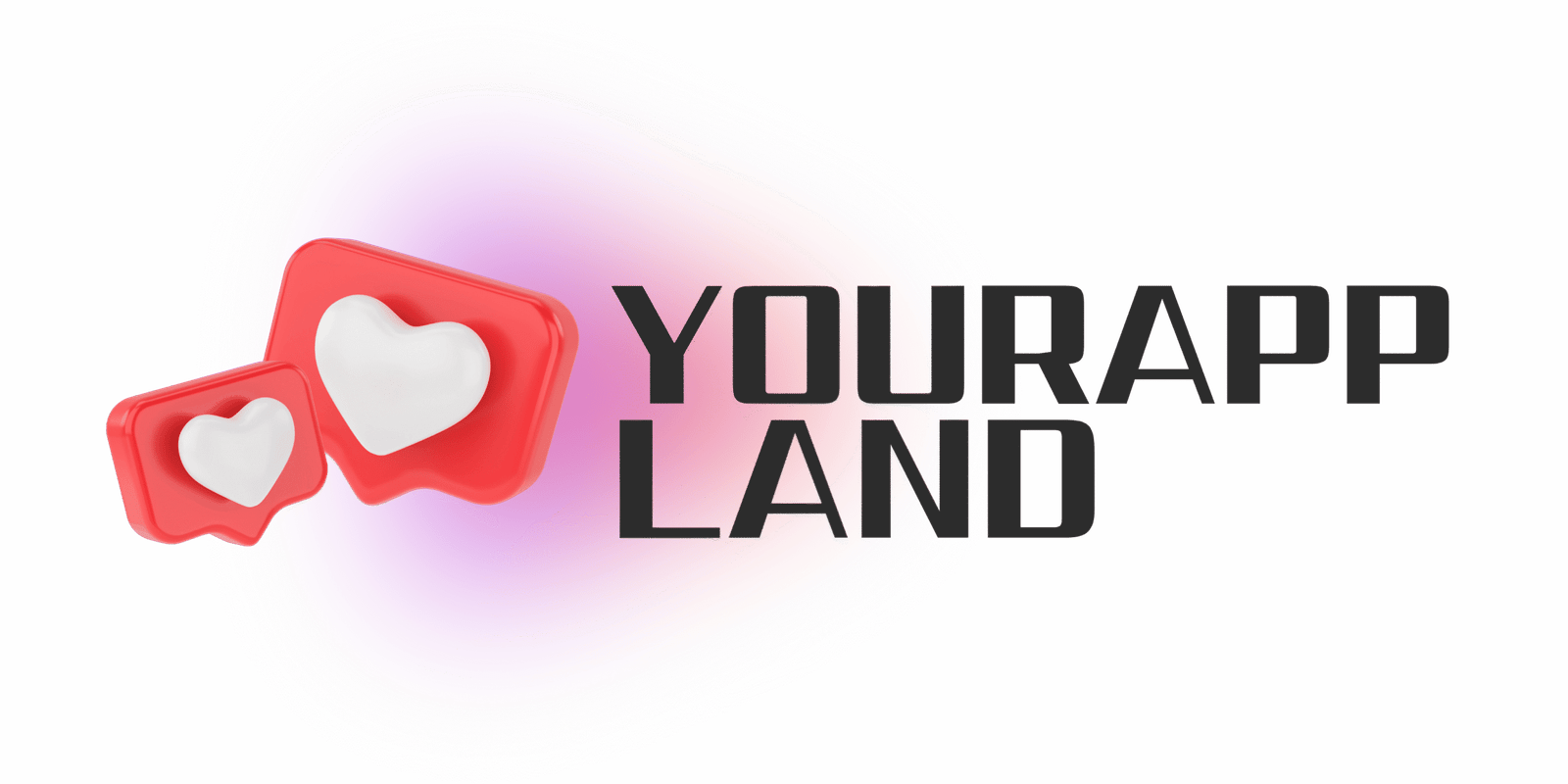
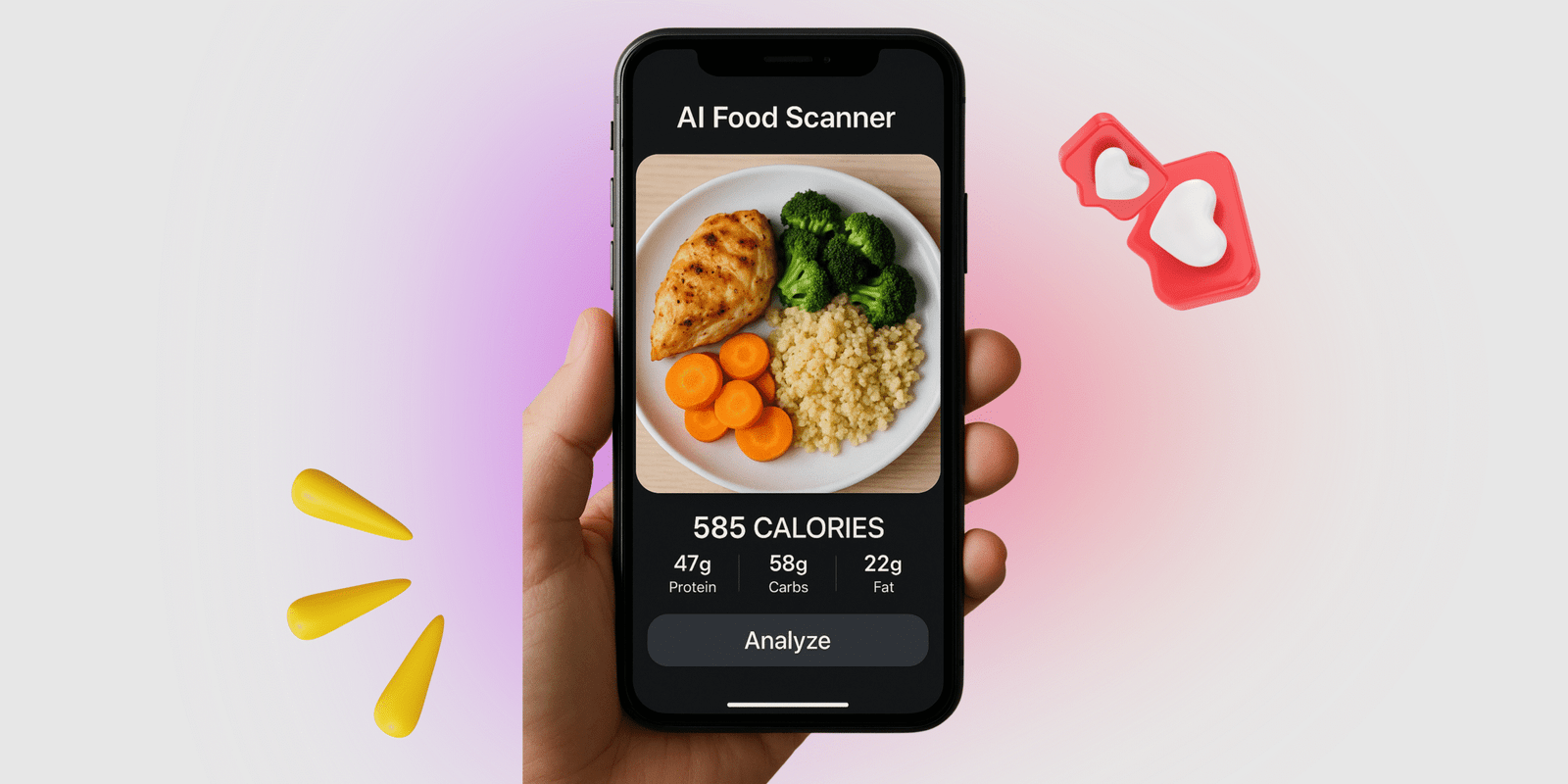
Leave a Reply